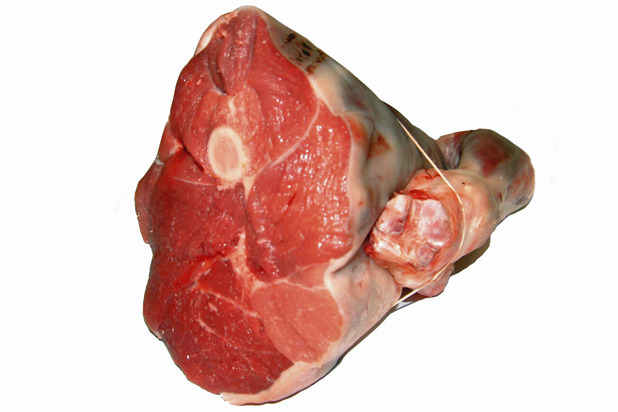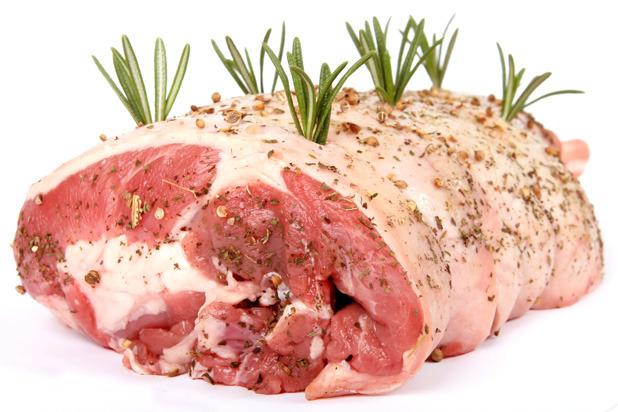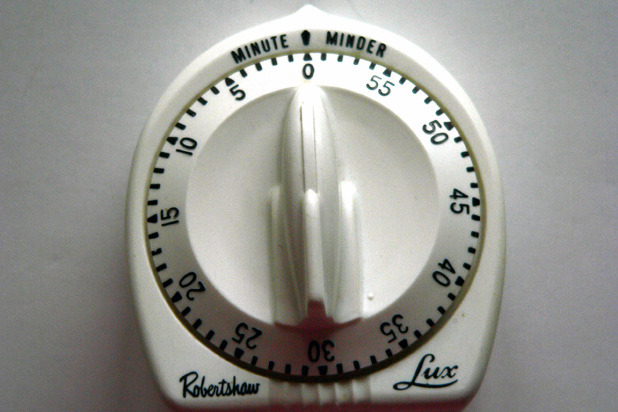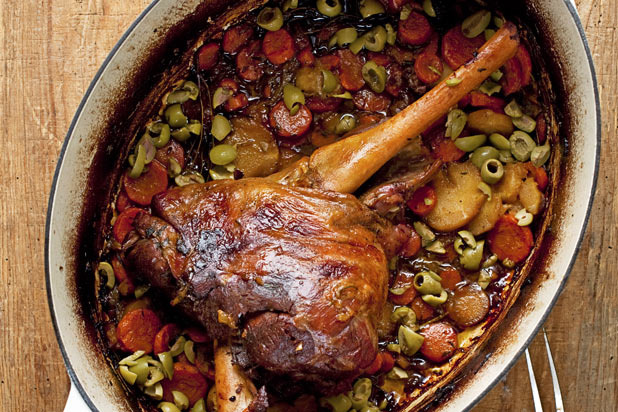Foolproof Braising Techniques From The Pros Slideshow
"Don't spend too much if you plan to braise," says Theo Weening, global meat buyer for Whole Foods Market. "One of the best things about braising is you can pick tougher (and cheaper) cuts like rump roast or chuck because the dish will cook long enough for the meat to get super tender. (Then again, you can also go top shelf with a strip steak or tenderloin — and the finished product will just fall apart in your mouth.)"
Best Tools
"The best tool for braising is a Dutch oven since you can use it for every step of the process," advises Weening. "Use it to sear the meat. Then, remove the meat and sauté onions and garlic (and whatever else you want to add: mushrooms, celery, carrots — root vegetables work nicely) in the tasty, tasty meat juice. Once that's going, put the meat back in and add your liquid. All your flavors are sealed nicely in that Dutch oven. Next best option? Crock-Pot."
Marinate
We all know that marinating meat works wonders: it makes meat more tender by breaking down connective tissue, and it infuses meat with extra flavor.
Click here to see Marinades Made Easy.
But, chef Alain Allegretti of Bistro La Promenade in New York City, has a couple of tricks up his sleeve. He says, "When marinating in wine boil and flame the wine. This will reduce the acidity of the wine. Next, you must drop the hot wine onto the meat. Once you've marinated the meats in the hot red wine, add red-wine vinegar for the duration of the marinating process. This will add tenderness. Next, you will need to cover the meat with plastic wrap, and leave refrigerated until the marinating process is complete." For best results, marinate at least overnight.
Don't Season?
Weening says, "Don't season the meat before you sear it." Why? "You're going to add plenty of seasoning later in the process. To really let the flavor of the meat shine, let the seasoning come from the liquids, herbs, and spice you add later."
Sear on High
"There are two parts to braising: searing and simmering," says Weening. "The key is to sear over high heat in [clarified] butter to really seal in the juices." Allegretti adds, "You also should not rush searing the meat. Every part of the meat needs to be seared slowly, to ensure that the entire surface forms a nice crust."
Simmer Low
"Then prepare to take your time. Low and slow is the rule for braising," says Weening. Allegretti suggests "cook[ing]... in a convection oven at a low temperature for a long amount of time." A convection oven will help air circulate and ensure even cooking.
Cover the Meat
Covering the meat will keep it from drying out. Allegretti says, "While cooking, the meat needs to be covered. If you do not have a lid, aluminum foil is a second option. The meat has a tendency to rise to the surface and without a cover, the meat will dry out. By covering the meat, you are ensuring that the humidity will stay in the dish, and that the meat will remain moist."
There's Something in the Water
"Pick the right liquid for the dish," counsels Weening. "You can always use water; it becomes an impromptu broth by the time you're done cooking. But you can also use a brown gravy, or even French onion soup. The latter adds good flavor, just a little salty. You can also try cream of mushroom soup if you're going for serious comfort food." What about the popular option, store-bought chicken broth? "Unless you're in a hurry, don't use chicken broth. It forces flavor where the slow cooking will bring it anyway."
Seasoning
Weening says, "There are tons of options to season any braised dish. My go-to blend is salt, pepper, a ton of garlic, and some rosemary. I did a pretty mean rump roast last weekend with sugar and Himalayan sea salt. It came out perfectly salty-sweet."
Cooking Time
"Know your meat," says Weening. "Know chicken's going to cook a lot faster than brisket. Bone-in chicken breasts are my favorite for braising — and they only need to cook for 45 minutes."
Save Some Wine for the Braise
"Add red wine," advises Weening. Even if you've already marinated the meat in red wine, more wine is never a bad thing. "You can do it when you sear the meat (works nicely to deglaze the pan before adding garlic, onions, etc.), or add it along with the liquid. It adds a really nice flavor and some depth to the dish."
Beyond Pot Roast
"Braising can go beyond pot roast," says Weening. "You can cook meat in all those delicious juices, then remove some of the juices close to the time the meat is done and make them into a gravy or jus. Then, remove and slice the meat and pour the gravy or jus over the top. It looks impressive and it smells even better."
Click here to see the Braised Leg of Lamb with Garlicky Root Vegetable Purée Recipe.
Finish with a Flourish
That cooking liquid is gold; don't throw it out. It's going to form the basis for your sauce. Depending on the cut of meat you've used, though, there may be a fair amount of fat floating around, which won't taste very good and will leave a greasy film in your mouth. So make sure to skim off the fat with a ladle, or to make things easier, refrigerate the sauce overnight and remove the solid layer of fat that forms at the top. Then, Allegretti says to "reduce the sauce to a glaze and glaze the meat until the meat has a shiny finish." For a French touch, "use butter to add the shine."
